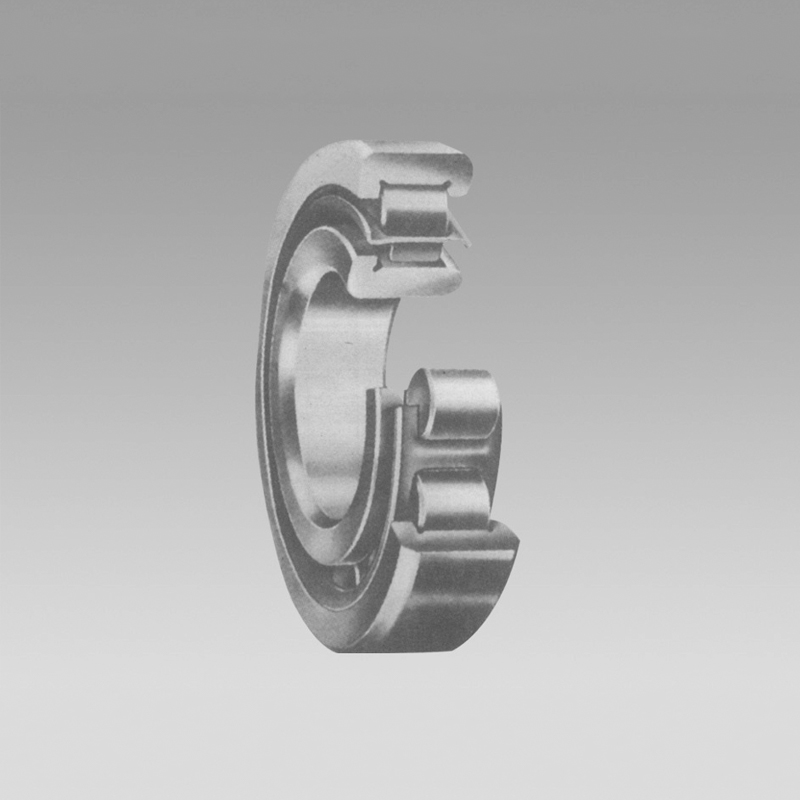
Oct . 06, 2025 00:30 Back to list
Cylindrical Roller Bearing: High Load, Low Friction—Why Buy?
Cylindrical Roller Bearings: What’s Changing, What Still Matters
If you spend your days around rotating equipment (I do), you quickly learn where the real performance bottlenecks hide. The humble cylindrical roller bearing is one of those components that can quietly make—or break—fleet uptime. And lately, the market has been... lively.

Industry trends I’m seeing
- Shift to higher cleanliness steels (think GCr15/SAE 52100 with ultra-low oxygen) to curb spalling and micropitting.
- More predictive maintenance: vibration bands per ISO 15242 and oil debris counting becoming routine.
- Custom fits and clearances for EV gearboxes, wind, and high-speed compressors. Honestly, “catalogue default” is fading.
Product snapshot (real-world, not brochure talk)
Product: Cylindrical Roller Bearings (Origin: XIHUAN ROAD HEXI TOWN LINXI COUNTY HEBEI PROVINCE CHINA). The supplier also offers a self-aligning variant (two inner raceways with a sphered outer ring) that tolerates ≈1.5°–3° misalignment—handy when mounting isn’t perfect or shafts deflect. In day-to-day terms, that’s a lifesaver in big mixers and long-shaft fans.
| Spec | Typical Value (≈, real-world use may vary) |
|---|---|
| Bore range | 20–320 mm (custom beyond) |
| Tolerance class | ISO 492 P0, P6, P5 options |
| Clearance | C2/CN/C3/C4 |
| Cage | Stamped steel, brass, or polyamide |
| Material & hardness | GCr15 (52100), HRC 60–64 |
| Misalignment (self-aligning variant) | ≈1.5°–3° |
| Speed rating | Up to 9,000 rpm (size/cage dependent) |
| Load ratings | High radial; axial limited unless guided ribs |
How they’re made (and tested)
Flow: clean steel → forging/turning → heat treatment (controlled bainite/martensite) → grinding → superfinishing → ultrasonic/eddy-current checks → assembly → 100% dimensional audit. Testing: roundness and raceway waviness to ISO 492, static capacity per ISO 76, life calculations to ISO 281 L10. Inclusion control often checked per ASTM E45. Vibration sorting (VC grades) on request. To be honest, ask for the raw test sheets—good vendors share them.
Where they shine
- Gearboxes, pumps, compressors, paper machines, steel mill roll-necks.
- Wind turbine yaw and generator ends; rail traction motors.
- Heavy fans with slight shaft bending: the cylindrical roller bearing + self-aligning option is a neat combo.
Customization choices
Non-standard widths, split inner rings, special rib guidance for limited axial load, phosphate or DLC-coated rings, grease pre-fill (NLGI 2 PAO/ester), and matched pairs for preload. Many customers say a tailored clearance solved heat rise more than fancy grease ever did.
Vendor comparison (quick take)
| Vendor | Lead Time | Customization | Certs (typical) | Price Index |
|---|---|---|---|---|
| ARY Bearing (Hebei) | 2–5 wks | High (small-batch OK) | ISO 9001/IATF 16949 (request proof) | $ (cost-effective) |
| SKF/NSK/NTN | Stock–8 wks | Medium–High | Global approvals | $$–$$$ |
Field notes and results
- Steel mill roll-neck: upgraded to cylindrical roller bearing P5/Brass; uptime +18%, grease interval +30%.
- HVAC fan line: self-aligning variant cut vibration by ≈22% (ISO 15242 band 2) and ran 6 °C cooler.
- Wind yaw gearbox: C3 clearance + PAO grease reduced micro-spalls after 9,000 h; debris counts dropped by ~40%.
Customer feedback: “Slightly looser clearance fixed our thermal growth. Didn’t expect that,” a maintenance lead told me—surprisingly common.
Service life and paperwork
Life is calculated as L10 per ISO 281 with application factors (contamination, misalignment, lubrication). Ask for static safety per ISO 76, dimension tolerances per ISO 492, and failure mode mapping per ISO 15243. Origin is clearly stated: XIHUAN ROAD HEXI TOWN LINXI COUNTY HEBEI PROVINCE CHINA. If you’re auditing, request heat-treat charts and inclusion ratings (ASTM E45).
References
- ISO 281: Rolling bearings — Dynamic load ratings and rating life.
- ISO 492: Rolling bearings — Radial bearings — Tolerances.
- ISO 76: Rolling bearings — Static load ratings.
- ISO 15243: Rolling bearings — Damage and failures — Terms, characteristics and causes.
- ASTM E45: Standard Test Methods for Determining the Inclusion Content of Steel.
Latest news
-
Ball Bearing 6001 – Reliable Deep Groove Bearings for Machinery & Industry
NewsNov.24,2025
-
Comprehensive Guide to 6305 2rsr Bearings – Specs, Uses & Vendors
NewsNov.24,2025
-
In-Depth Guide to 6003z Bearing Dimensions: Specs, Applications & Vendors
NewsNov.23,2025
-
Understanding the 6201 Z Bearing - Specifications, Applications, & Future Trends
NewsNov.23,2025
-
Everything You Need to Know About 6001 C3 Bearing – Specs, Uses, and Advantages
NewsNov.22,2025
-
6208 zz Bearing – Key Technical Insights, Applications & Vendor Comparison
NewsNov.22,2025
